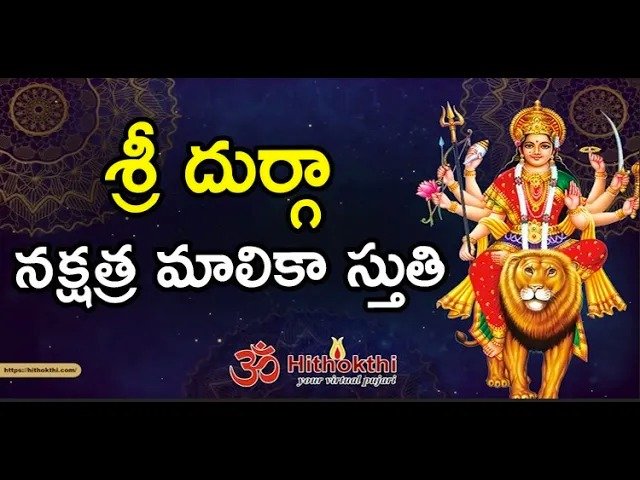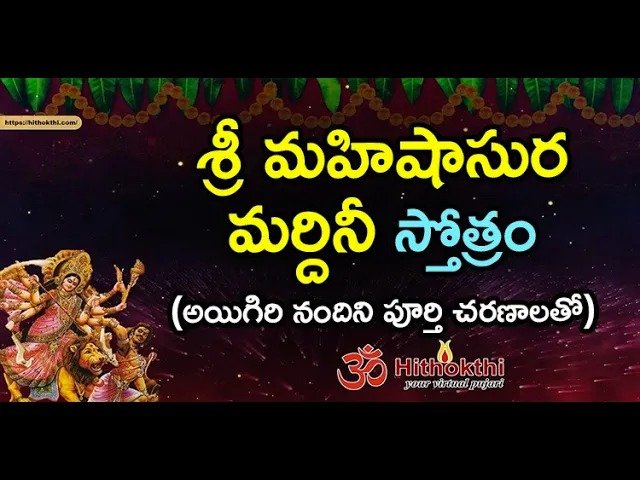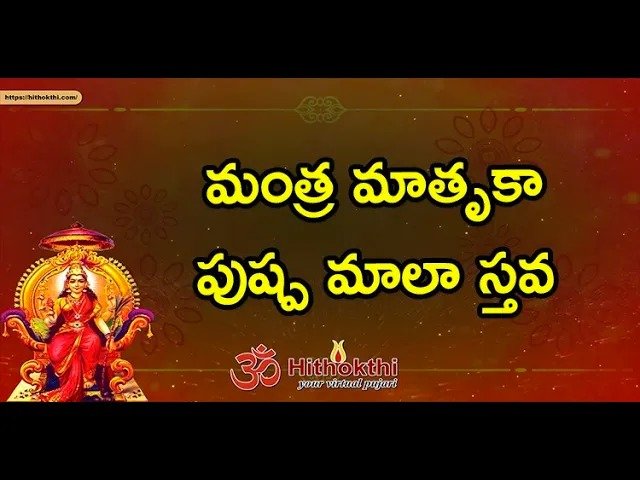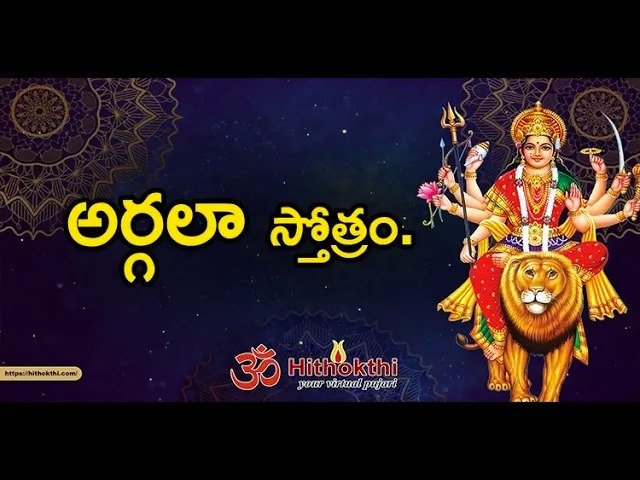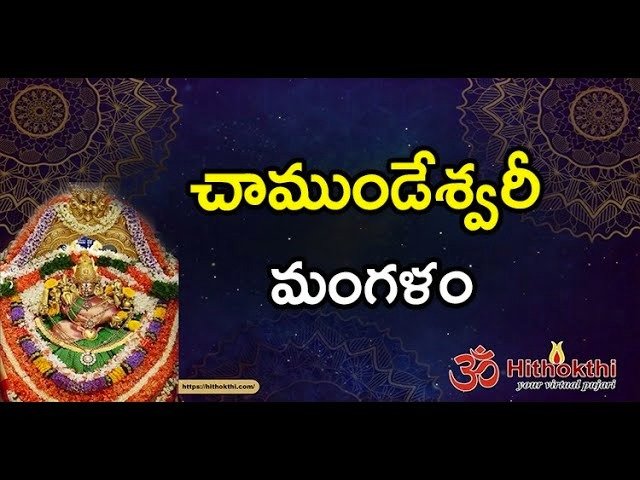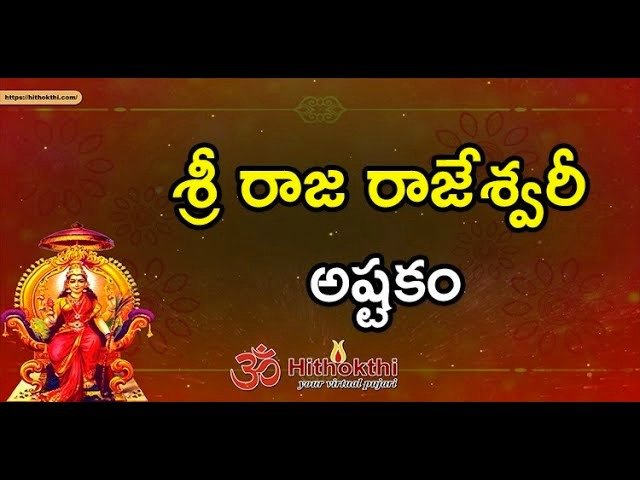On a Musical Journey
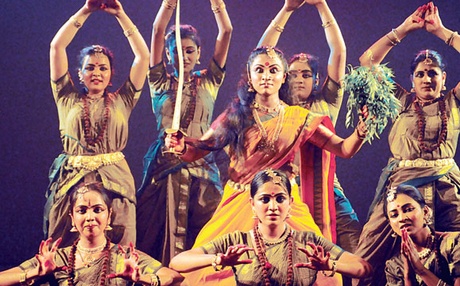
July 15, 2013: Vocal Carnatic music is a treat to listen to. The sweetness of voice, its commendable compatibility with shruthi and laya and the interpretation of lyrics are among few important and inevitable salient features of beautiful vocal music. Amateur singers, who want to prove their mettle in this genre should note that singing well takes a lot of hard work. Singers need to develop tone, learn pronunciation and enunciation, and even learn how to breathe properly. It is said that music is not just a mirror of what is, it should also be a reflection of what can be!
The fundamentals of singing, like saralai, jantis and almkaras, improve the vocalist's range and ability to stay on key.
To sound professional, all he really needs is the courage to believe in his own true voice. For this, he must be willing to hear himself and should not be afraid of his own constructive feedback. Hence he should listen to himself and figure out what he is doing wrong. This will help him improve drastically in a fairly short amount of time.
The mark of good vocals lies in the ability of a singer to articulate emotions with depth. The singer should be able to enrich the lyrics. So, emotion must be used as much as possible. Instead of singing a song in a flat voice, he should ‘feel’ the words.
Another vital point is that he should never imitate an already well established artiste. It is alright to admire someone’s voice, but he should never try to blindly emulate the style, pronunciation and enunciation of another singer if he is serious about honing his own skills.
These thoughts flit past my mind when I heard C Ramesh’s vocal recital held at Sri Maruthi Temple, Vijayanagar under the aegis of Vijayanagar Sangeeth Sabha last Sunday.
And it was gratifying that Ramesh’s singing contained almost all the above elements.
He exuded the self-confidence which is also an important element and is essential for an aspiring singer. More so, he took to heart the real purpose of singing and found the pleasure and delight that can be found within one’s own voice.
The quality of his voice, stage presence, timing and diction/pronunciation were admirable. But one thing that disturbed me was that he sang by referring to the lyrics of the song. It should be noted that this distracts the singer.
The vocal recital began with the charming Navaragamalika varna delivered in two speeds that warmed up both the artiste and the audience. Ramesh invoked the blessings of Lord Ganesha by singing the majestic Shanmukhapriya krithi Siddhi Vinayakam. The short swaraprastara was to the point. The Arabhi pancharathna krithi had its routine course.
Reetigowla is a difficult raga to deal with. Though the twists and curves of the raga could have been more penetrating, Ramesh brought out the individuality of the raga in a neat and tidy alapana.
The krithi Janani ninnu vina in a leisurely pace impressed the audience with chittaiswaras. Two Kannada compositions Bhuvaneshwariya and Dhavala Gangeya were followed by a detailed Kharaharapriya.
Unique 50th dance festival
The Sai Nrithyotsava held at Seva Sadana, Malleshwaram, on the first day of every month under the Sai Arts International led by dancer Suparna Venkatesh and her technician-husband Sai Venkatesh held its landmark fiftieth dance festival on July 1. It started with a group Bharatanatyam performance by Kalaivani Dance and Music Academy of Guru Padmaja Kelam,USA.
Gifted with a svelte figure, a pretty and sensitive face, flawless footwork and scintillating grace, Shwetha Venkatesh has in abundance all that it takes to be a top class danseuse. Endowed with a sculpted figure, a perfect face and scintillating grace, a very captivating presence with the right aptitude for rhythm and expressions, Shwetha enacted saint-poetess Meera Bai’s character (Meera’s holy madness towards Lord Krishna) in an intense abhinaya. She displayed her inborn attitude towards dance and music together with a sense of instinctive response.
Quick and energetic tempo, graceful and energetic movements, effective communication and aesthetics in abhinaya marked the Kuchipudi dance recital by Sharvani Yadavalli. She kept the rasikas spellbound with her brilliant execution of taranga, coupled with precise foot work. She drew inspiration from Narayana Teertha’s Alokaye Sri Balakrishnam(ragamalika) and sketched the naughtiness of Balakrishna in myriad ways. Then she took the line Charanani Phanitha Noopura Krishna and felicitously executed complex nritta with her feet placed on the edges of a brass plate. The rhythmic dialogue between the dancer, the nattuvanar and the mridangist painted magnificent images of laya. The vachika abhinaya was always in tact. The Nataraja Tandava(ragamalika) was a vibrant portrayal of Shiva-Parvathi’s joyous dance.
Seasoned dancer-Guru Mysore B Nagaraj was at his best in Sharana Smarana-a one man theatrical presentation. In a highly communicative abhinaya, he potrayed a select few Vachanas by Basaveshwara, Akka Mahadevi and Allamaprabhu.
Filled with mimetic gestures, the concluding dance feature Ashta Rathna on the basis of the literary works of the eight Jnana Peetha awardees of Kannada literature was a charming sojourn of dance and music. The disciples of Dr Suparna Venkatesh did exceedingly well in visualising their Guru’s praiseworthy concept.
The works of the eight gems of Kannada literature Kuvempu (Jaya Bharatha jananiya Tanujathe), Masthi Venkatesha Iyengar(Elli daari tappi elli bandeyo Krishna), V K Gokak(Suryodaya), Shivarama Karanth (Kisa Gowthami, dance drama), Girish Karnad (Hayavadana), U R Ananthamurthy (Sri Tulasi kavana), Daa Raa Bendre (Kuniyonu baara) and Chandrasekhara Kambara (Karimayi) were celebrated through a group presentation. Suparna’s choreographic expertise glowed with classical effulgence.
Source: The New Indian Express, DT. July 15, 2013.

